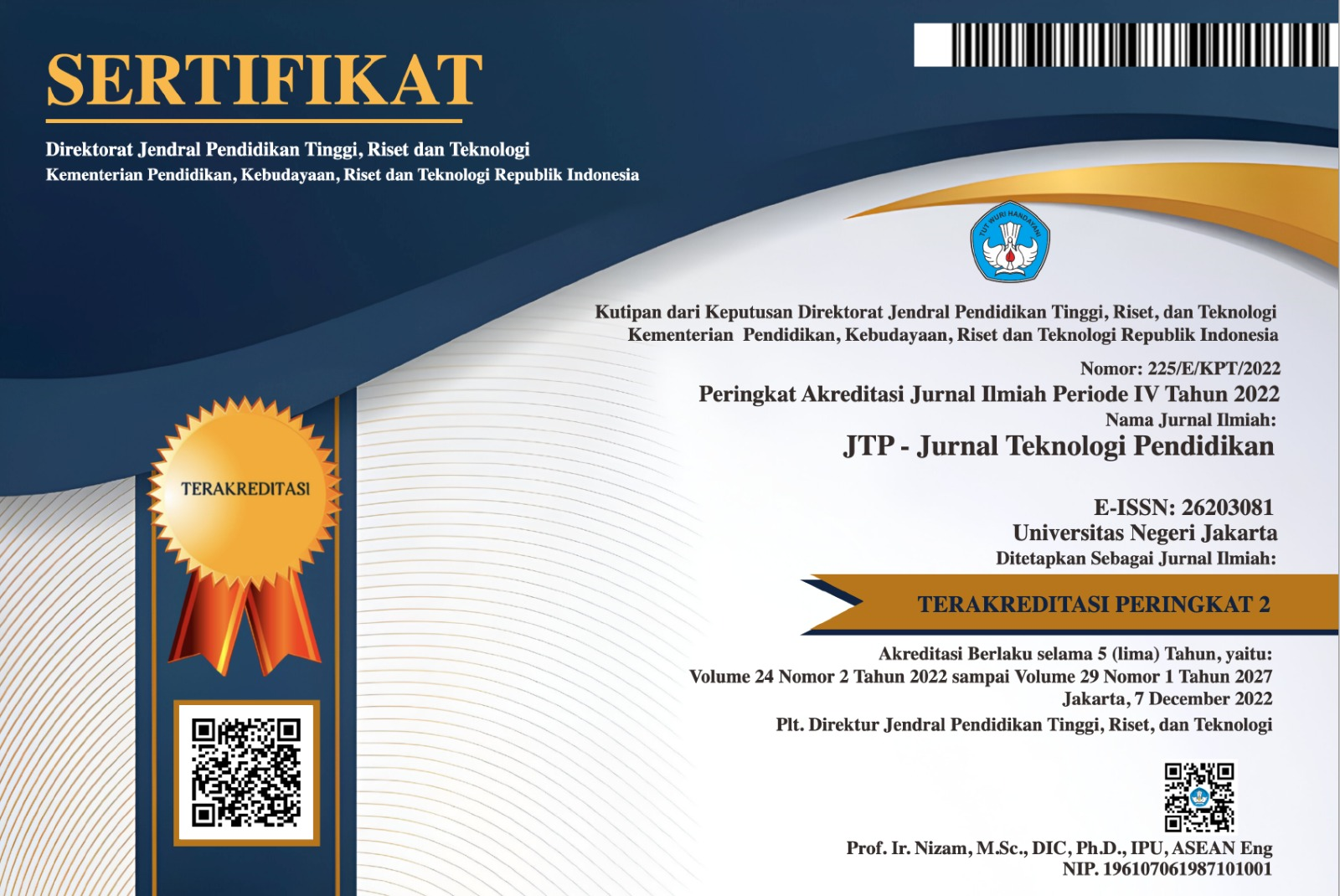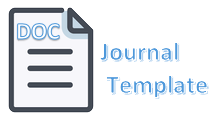Evaluasi Program Pendidikan dan Pelatihan Kepemimpinan Tingkat IV Pemerintah Provinsi Nusa Tenggara Barat
DOI:
https://doi.org/10.21009/jtp.v18i1.1145Keywords:
Program evaluation, Kirkpatrick model, leadership, training and educationAbstract
The purpose of this research is to explain the program implementation qualityand efectivity of the leadership training and education of forth level of the Government
of West Nusa Tenggara Province. This research includes evaluation research program with
Kirkpatrick’s model (reaction, learning, behaviour, result) by using descriptive qualitative
approach. Data collection instruments used were interview, observation guidelines, the
study documents, and questionnaires. Data analysis using models Miles and Huberman
through the display of data, data reduction, and data verification. The results showed that
the participants’ reactions to learning by training trainers in the category adequate with a
score of 76.67%, reaction training participants towards learning lectures by speakers that
are in adequate category with a score of 75.17%, according to the coach’s ability participants
with a score of 82.93 %, both in terms of system management and operational administration
by 70.62%. Participants’ reactions to the energy aspects of training and education
that is equal to 79.03%. The effectiveness of the program in terms of the reaction of participants
was on the score of 65.52 or the adequate category and questionnaire results 91.67%
of participants consider the information given during the training is less practical nature.
Keywords: Program evaluation, Kirkpatrick model, leadership, training and education
Tujuan penelitian ini adalah untuk menjelaskan kualitas dan efektivitas penyelenggaraan
Diklat Kepemimpinan Tingkat IV pada Pemerintah Provinsi NTB. Penelitian
ini termasuk jenis penelitian evaluasi program dengan model Kirkpatrick (reaction, learning,
beaviour, result) dengan menggunakan pendekatan kualitatif deskriptif. Instrumen pengumpulan
data yang digunakan adalah pedoman wawancara, pedoman observasi, studi
dokumen, dan kuesioner. Analisis data mengunakan model Miles dan Huberman melalui
display data, reduksi data, dan verifikasi data. Hasil penelitian menunjukkan bahwa reaksi
peserta diklat terhadap pembelajaran oleh widyaiswara berada pada kategori memadai
dengan skor 76,67 %, reaksi peserta diklat terhadap pembelajaran ceramah oleh narasumber
berada pada kategori memadai dengan skor 75,17 %, kemampuan coach menurut
peserta dengan skor 82,93 %, sistem pengelolaan baik dari segi administrasi dan operasional
sebesar 70,62 %. Reaksi peserta terhadap aspek tenaga kediklatan yaitu sebesar
79,03%. Efektivitas program dari segi reaksi peserta adalah pada skor 65,52 atau pada
kategori memadai dan hasil kuesioner 91,67% peserta menganggap pengetahuan yang diberikan
selama diklat kurang bersifat praktis.
Kata kunci: Evaluasi program, model kirkpatrik, kepemimpinan, pendidikan dan pelatihan
Downloads
Published
How to Cite
Issue
Section
License
Jurnal Teknologi Pendidikan is an Open Access Journal. The authors who publish the manuscript in Jurnal Teknologi Pendidikan agree to the following terms.
Attribution-ShareAlike 4.0 International (CC BY-SA 4.0)
-
Attribution — You must give appropriate credit, provide a link to the license, and indicate if changes were made. You may do so in any reasonable manner, but not in any way that suggests the licensor endorses you or your use.
-
ShareAlike — If you remix, transform, or build upon the material, you must distribute your contributions under the same license as the original.
- No additional restrictions — You may not apply legal terms or technological measures that legally restrict others from doing anything the license permits.
Notices:
- You do not have to comply with the license for elements of the material in the public domain or where your use is permitted by an applicable exception or limitation.
- No warranties are given. The license may not give you all of the permissions necessary for your intended use. For example, other rights such as publicity, privacy, or moral rights may limit how you use the material.







